BanditPhotographyNW
No longer a newbie, moving up!
- Joined
- Jul 13, 2013
- Messages
- 313
- Reaction score
- 85
- Location
- Vancouver, Wa
- Can others edit my Photos
- Photos OK to edit
I have narrowed it down to Nikon 70-200 f4 which i have read does very well, but is an f4 lens. The alternative for roughly the same price is the Nikon 85mm 1.8 combined with a Sigma 150mm 2.8. Both of these lenses get great marks as well. So since I know next you will ask what I will be shooting and where I will be using these. The answer is 1. what? portraits. 2. where? mostly studio but likely on location as well. I think I am leaning towards the 85mm 150mm combo since I can also use the Sigma as a macro and they have larger apertures so they work better in dim light. But with the 70-200 I wont be changing lenses as much and It look like a very sharp lens. Any advise is much appreciated as always...



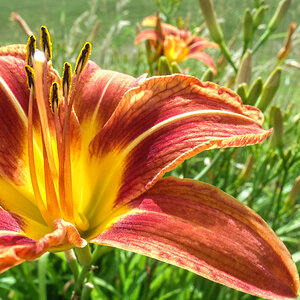
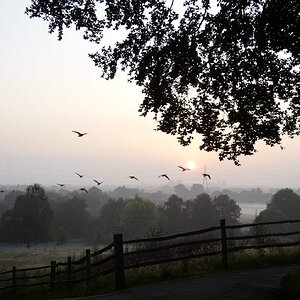
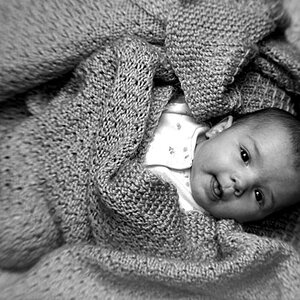
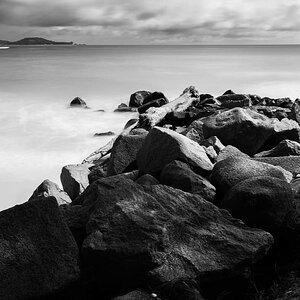
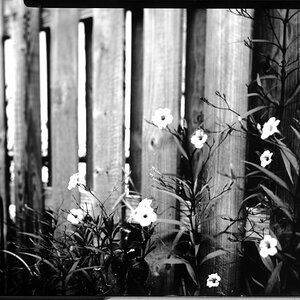

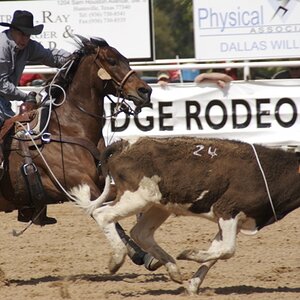
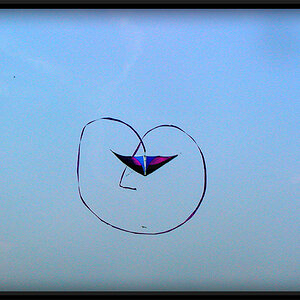
![[No title]](/data/xfmg/thumbnail/34/34041-c8aed4d2c55b167d1ec03d9cfbaca453.jpg?1619736250)
![[No title]](/data/xfmg/thumbnail/35/35865-5006be46d328277e5a956fa323782d97.jpg?1619737192)
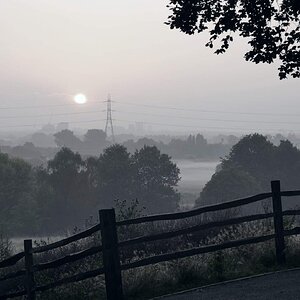
![[No title]](/data/xfmg/thumbnail/40/40311-715dda8167abb793178d6abf7e8136fe.jpg?1619739414)